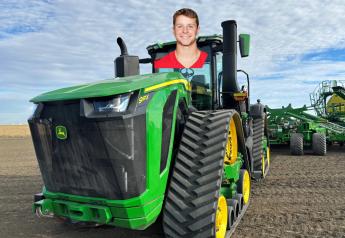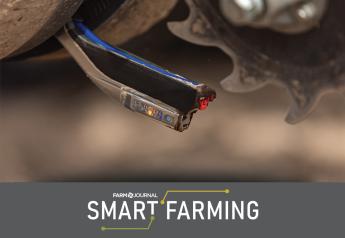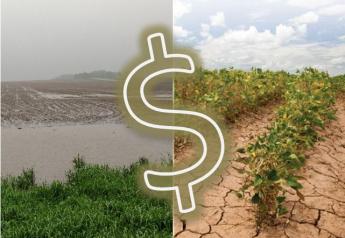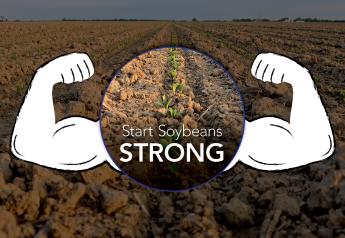Missy Bauer: Soybean Disease Watchouts
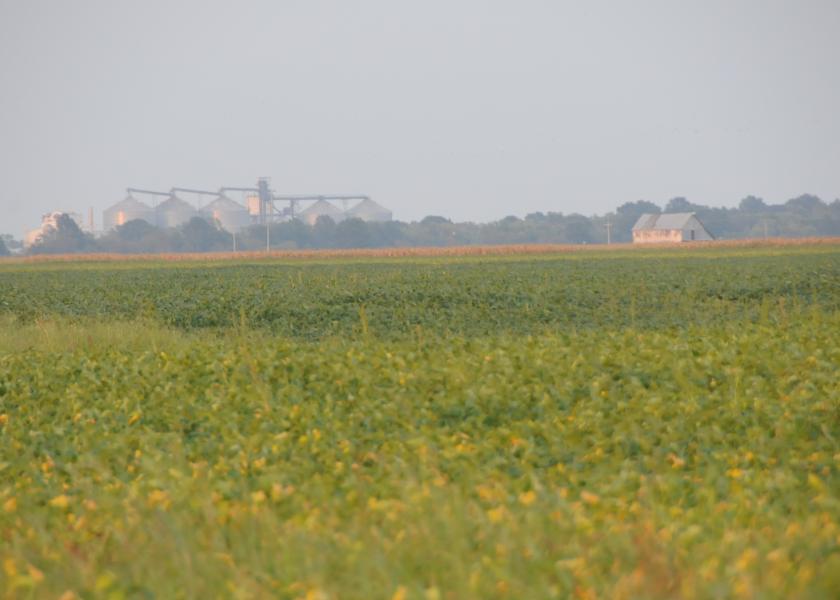
From east to west growing conditions greatly vary. While some farmers struggle through drought conditions, others are wondering just how long soybeans can handle extremely wet feet. It’s time to get into fields to find out exactly what pathogens are plaguing your plants.
“One that probably has already shown up in a lot of fields—Rhizoctonia,” says Missy Bauer, of B&M Consulting and Farm Journal associate field agronomist. “It’s a seedling disease.”
It’s also likely Phytophthora could’ve hit soybean seedlings this year. Symptoms for both diseases are similar—and you’ll likely already have noticed them if infestations were severe enough in early months. If seedlings survive it could lead to less healthy plants season-long.
Because the canopy is closed, there is an assortment of new diseases to watch. White mold, frogeye leaf spot, charcoal rot and brown stem rot, to name a few.
“I’m really concerned about our white mold potential,” Bauer says. “White mold infection takes place during flowering.”
Moisture, warm weather and humidity increase the risk of white mold. In some cases, you can decrease the damage caused by white mold—but you have to catch it early.
“There are some fungicides out there now that are preventative, but you have to start spraying those during flowering,” Bauer says, “you can’t wait to get the infection.”
If you have warm, humid weather watch for frogeye leaf spot. It will cause circular spots, up to ¼” in diameter on leaves with tan centers and brown to purple outer rings, according to Purdue Extension. There are some fungicides available for the disease, and resistant varieties can help keep the disease at bay. Keep track of where you see the disease this year as it overwinters in soil and you’ll likely want resistant varieties in the future.
Alternatively, if you’re in a more drought-stricken area watch for charcoal rot. There are no rescue treatments for this disease. Only resistance and cultural practices, such as tillage, help decrease the inoculum’s effect. It causes soybeans to develop small black specks on the roots and lower stem and can cause top leaves to yellow and drop prematurely.
Areas with cool, wet weather could be ripe for brown stem rot, which looks just like its name suggests. It has no rescue treatments, but variety selection and tillage can help decrease the overwintering inoculum. Foliar leaf symptoms are similar to sudden death syndrome and will show up in the R4 to R5 stages.
Make sure you’re out scouting soybeans. Even if it’s too late to make any rescue treatments this year, good notes can help you plan for upcoming soybean rotations.




